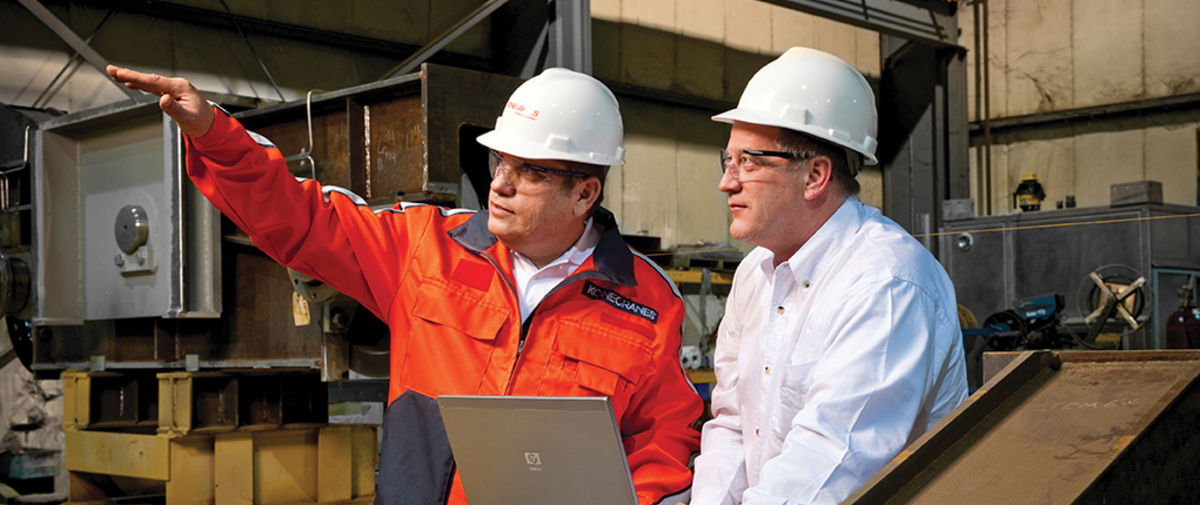Article
5 safety checks to perform before putting your crane into operation
In general, dropped loads are one of the most frequent safety hazards associated with overhead cranes. Dropped loads are most commonly the result of one or more of the following factors: poor operator training, improper rigging technique, an incorrect lifting device, overloading the hoist, and side pulling with the crane.
In addition to any tests, training, and inspections required by local laws or regulations, follow these pre-use recommendations to enhance crane safety and help avoid dropped loads.
1. Test run the crane the full length of the runway and bridge span to ensure no obstructions will interfere with the crane travel motions. Test that all motion’s travel speed match the designed specifications.
2. Turn the crane off, engage the hoist “up” switch, the hook should not rise. Engage all other motions to ensure no movement is possible. Turn the mainline switch back on and raise the hook to test the upper limit switch. All travel and hoist motions should match the control labeling directions.
3. Check that the wire rope is properly seated. Ensure that it is not twisted, kinked or damaged. Check all other limit devices for proper functionality.
4. Train all crane operators on the functionality of all new cranes.
5. Provide for proper maintenance as recommended by the Original Equipment Manufacturer’s (OEM’s) guidelines.
Text: Venla Pöyliö
